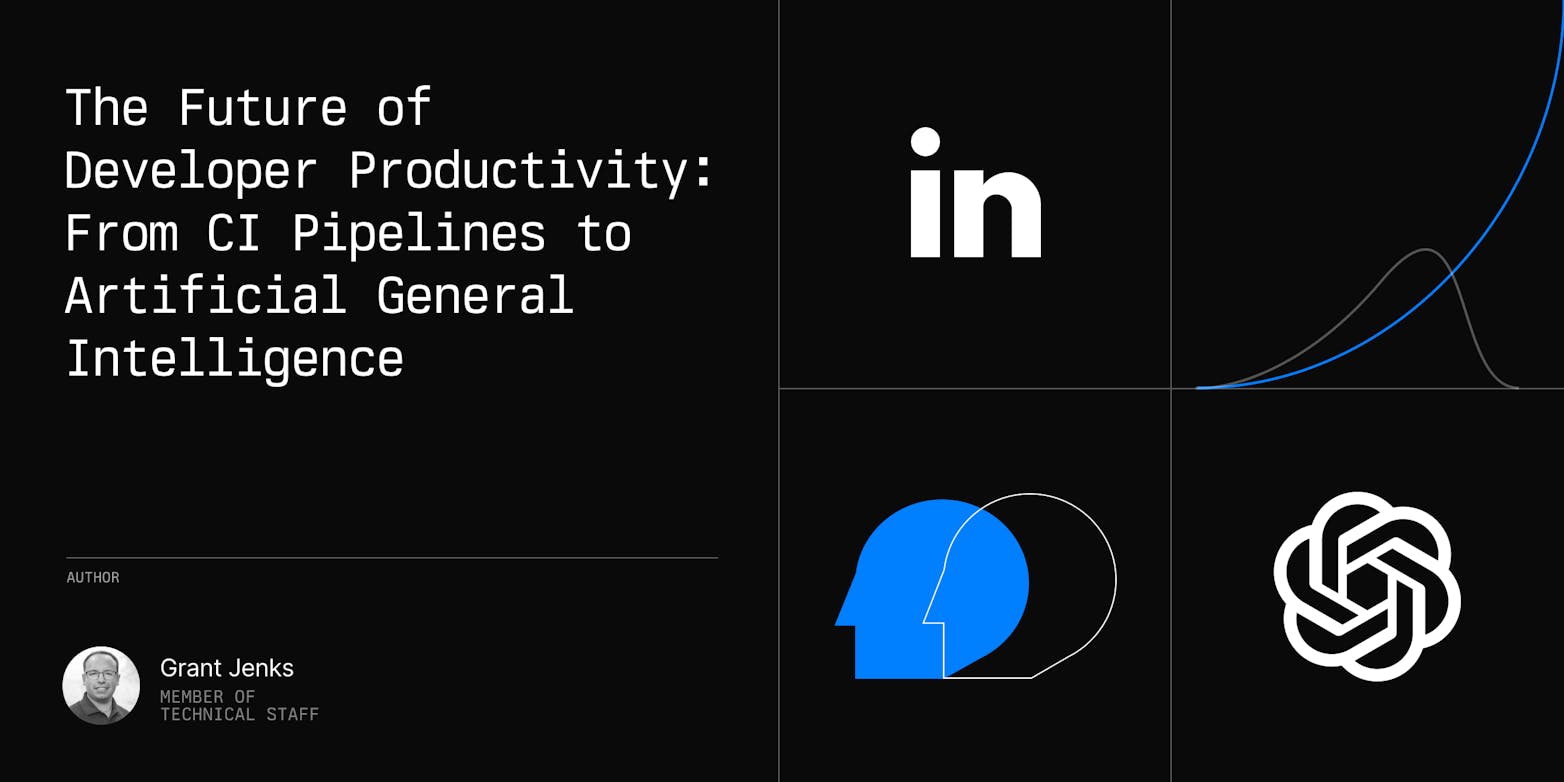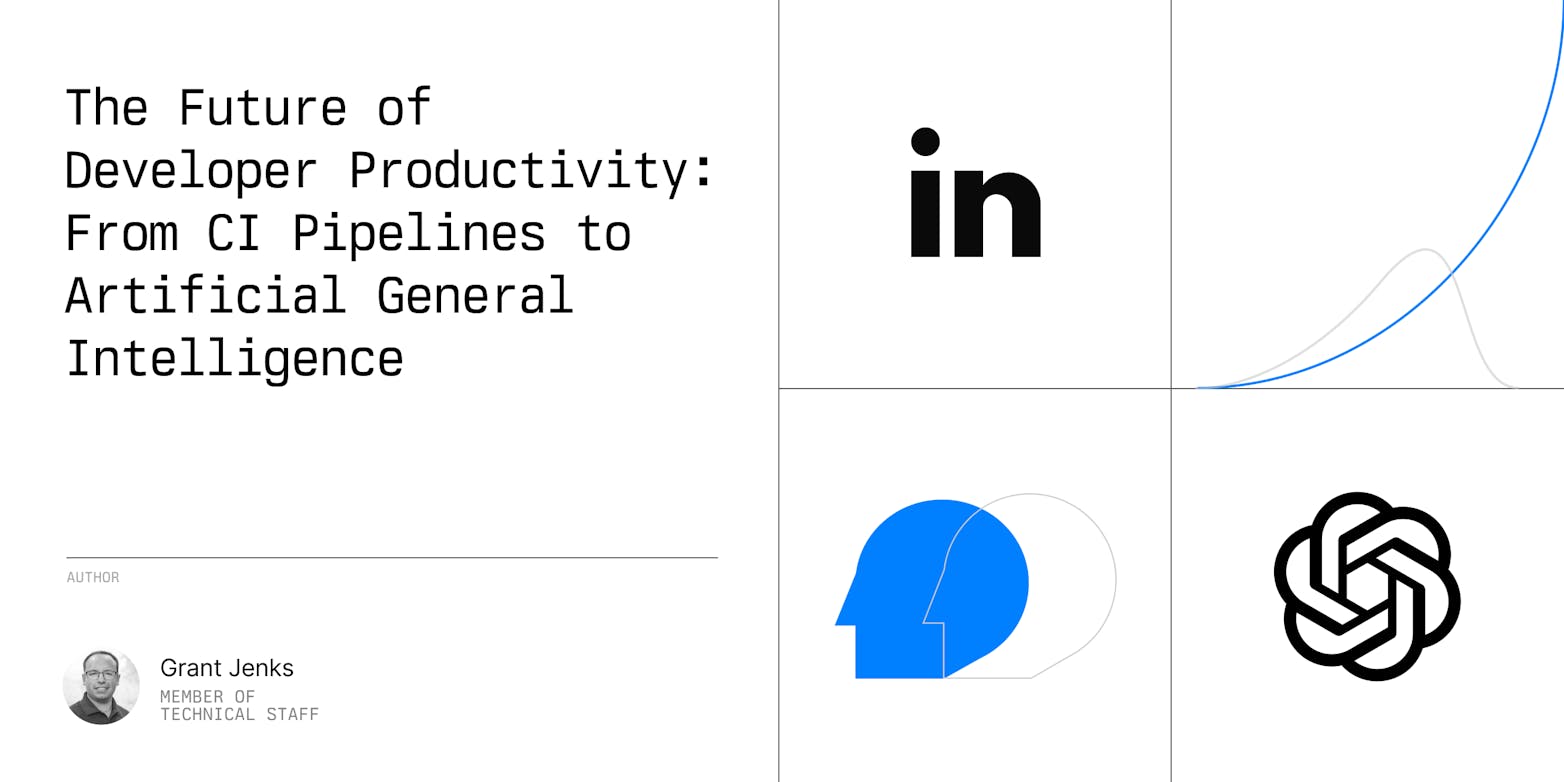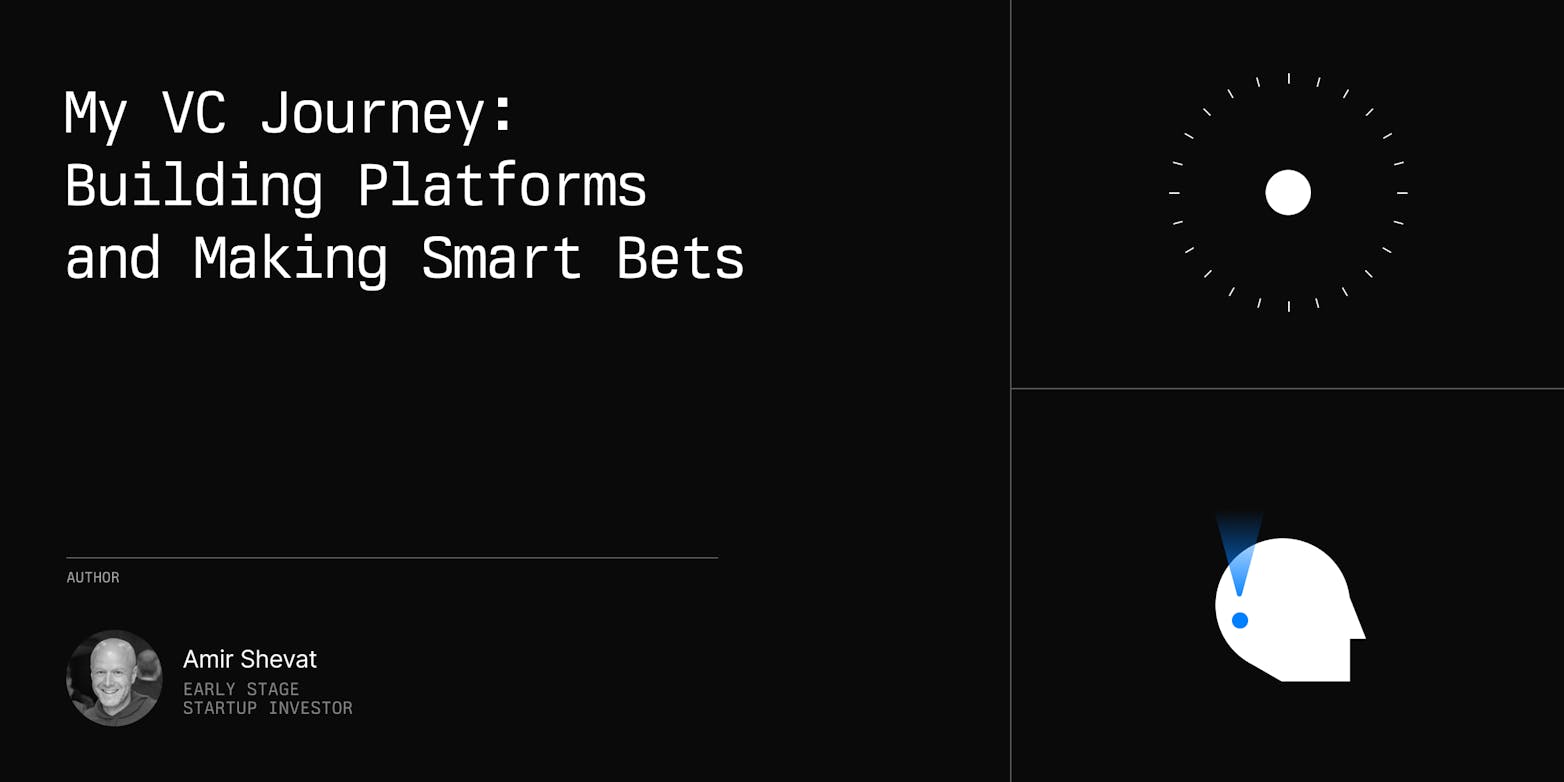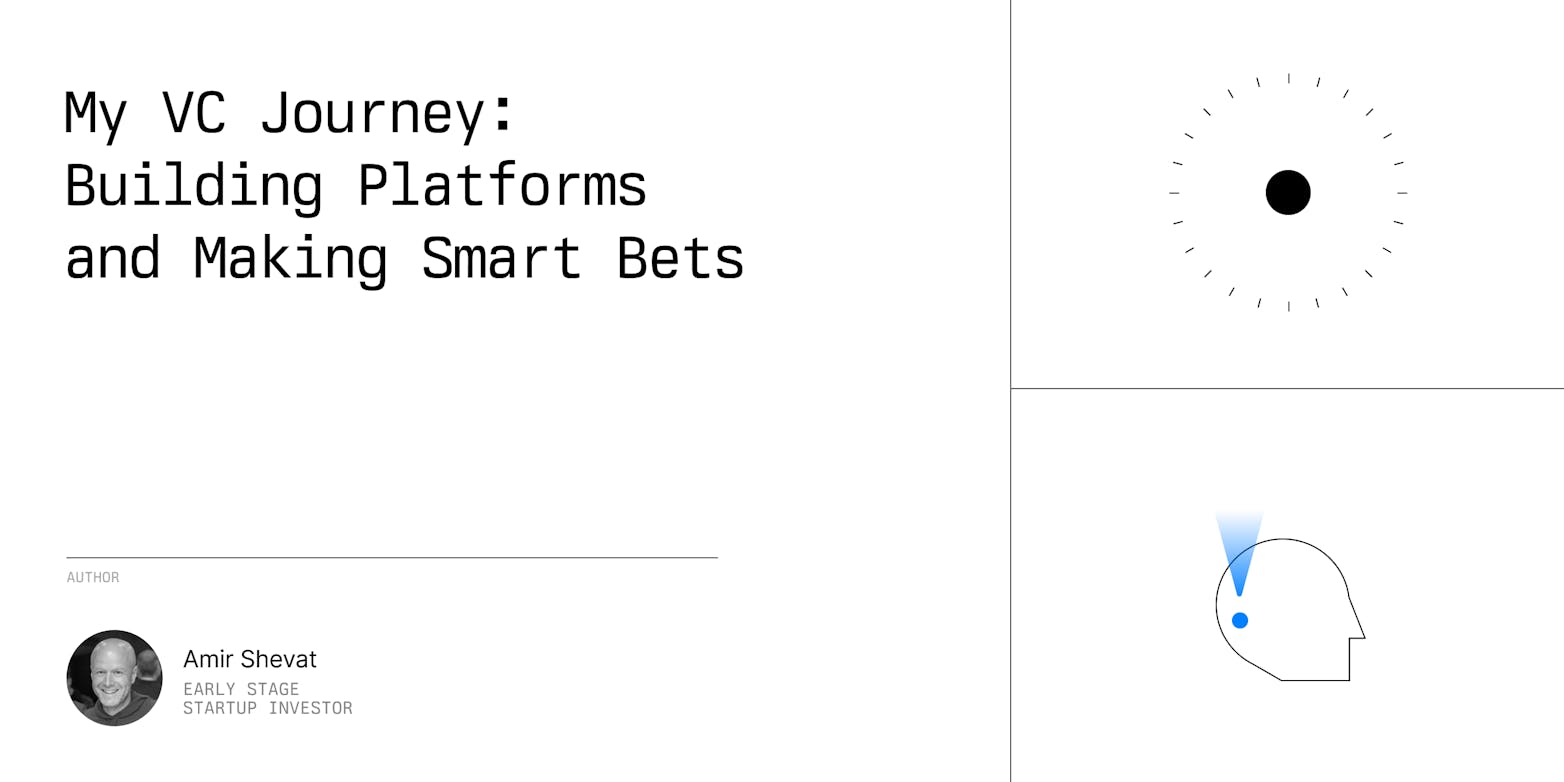In my recent discussion with Collin Green, a Senior Staff UX Researcher, and Ciera Jaspan, a Senior Staff Software Engineer at Google, we explored how Google fosters developer happiness and productivity through various strategies and cultural practices.
At Google, developer happiness is recognized as a fundamental driver of both productivity and creativity. Collin and Ciera emphasize that a content developer is inherently more motivated and innovative. As companies scale, maintaining this happiness becomes crucial as developers navigate an increasingly complex landscape of tools, systems, and expectations.
Enabling Sustainable Productivity
Ciera Jaspan highlights several key strategies that Google employs to ensure sustained developer productivity:
Provide Autonomy: Developers are given the freedom to make decisions and control their work, fostering a sense of ownership and responsibility.
Reduce Friction: By offering robust tools and streamlined processes, Google minimizes disruptions, allowing developers to maintain their focus on building quality products.
Encourage Innovation: Developers are encouraged to experiment, fail, and iterate. This balance of autonomy and support nurtures both creativity and job satisfaction.
A standardized toolchain plays a pivotal role at Google. Utilizing a single code repository and a unified build system reduces confusion and enhances productivity by providing a consistent development environment.
Balancing Metrics with Developer Experience
To comprehensively understand productivity, Google integrates both quantitative and qualitative data. Collin Green outlines their approach:
Collect Both Objective and Subjective Data: Combining logs and metrics with direct feedback from developers through surveys, interviews, and diary studies.
Create Feedback Loops: Implementing regular surveys helps identify areas where developers encounter friction and where improvements are needed.
Consider Context with Data: Understanding the reasons behind data trends is essential. For instance, a slight increase in build times might be attributed to beneficial automation tools rather than inefficiency.
An example of this balanced approach is Google’s build latency research. Initial data suggested a slowdown, but qualitative feedback revealed that automated tools were enhancing overall productivity.
The Impact of Diversity of Thought
Diversity within Google’s research and engineering teams is a significant strength. Ciera Jaspan explains that having experts from various fields—such as cognitive neuroscience, psychology, behavioral economics, and software engineering—allows for multifaceted problem-solving and innovative solutions.
Key Benefits of Diversity of Thought:
New Perspectives Lead to Innovation: Diverse backgrounds enable creative and unexpected approaches to challenges.
Stronger Problem-Solving: A mix of disciplines results in more robust and comprehensive solutions, especially for complex issues.
Improved Collaboration: Diverse teams foster knowledge sharing and a deeper understanding of different viewpoints, enhancing overall team synergy.
Hiring for diversity not only enriches the team’s capabilities but also makes it more adaptable and resilient in the long run.
Supporting Developer Efficiency and Collaboration
Standardized tools are instrumental in boosting productivity and fostering collaboration at Google. Collin Green points out the following advantages:
Consistency Across Teams: Uniform code review systems, documentation, and testing infrastructure reduce the time developers spend switching contexts.
Better Insights from Data: Tracking workflows across thousands of engineers allows pinpointing inefficiencies and implementing impactful improvements.
Seamless Collaboration: Developers can effortlessly work within any part of the codebase, confident in their familiarity with the tools and formats used.
However, data alone is insufficient. Pairing quantitative insights with developer feedback provides a holistic view of productivity, ensuring a more accurate understanding of team dynamics and workflows.
Creating a Culture of Collaboration and Ownership
Beyond tools and data, the cultural environment plays a critical role in driving productivity. Google cultivates a culture where developers feel ownership over their projects and are encouraged to collaborate effectively. Ciera Jaspan outlines the following practices:
Encourage Ownership: Assigning responsibility for key features or entire projects increases motivation and accountability.
Foster Collaboration: Building cross-functional teams and maintaining open communication channels enhances teamwork and collective problem-solving.
Create Transparent Processes: Regular check-ins and shared ownership of outcomes ensure that teams remain aligned and productive.
For startups and growing organizations, maintaining open communication is vital to sustaining a collaborative and productive culture as the team scales.
Conclusion
At Google, the synergy between developer happiness and productivity is a cornerstone of long-term success. By standardizing tools, balancing data with developer feedback, and fostering a culture of collaboration and ownership, Google has created an environment where developers thrive and consistently deliver exceptional work. These insights offer valuable lessons for startups and established companies alike, demonstrating that investing in developer happiness not only increases output but also enhances the quality of that output—benefiting both the team and the organization as a whole.
NOTE: This article synthesizes part of the insights from a recent discussion between Ivan Burazin, CEO of Daytona, Collin Green, a Senior Staff UX Researcher, and Ciera Jaspan, a Senior Staff Software Engineer at Google.










